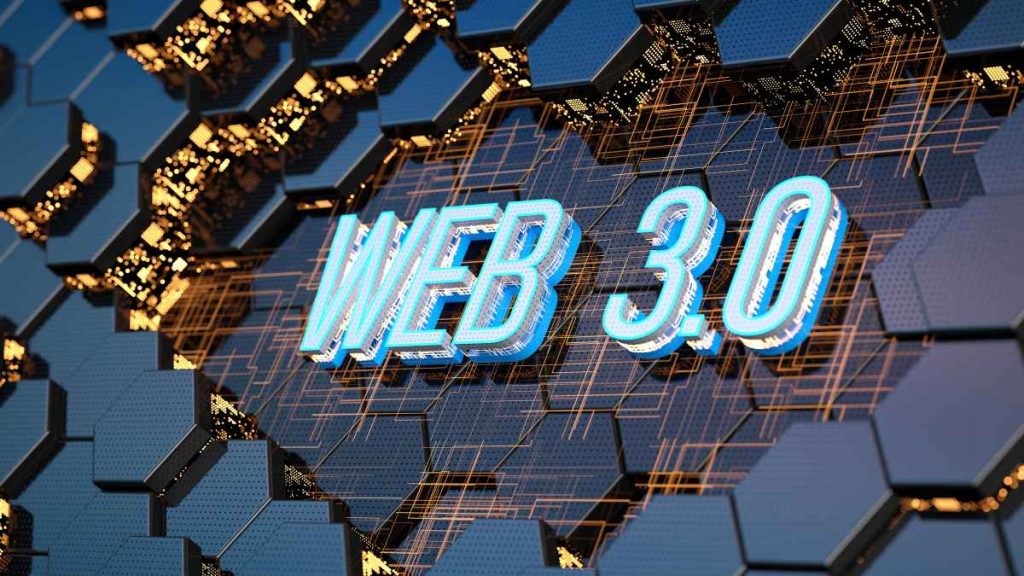The gaming industry has come a long way, evolving from pixelated simulations in the 1950s to today’s immersive, high-definition experiences. Now, with the rise of Web3, gaming is set to enter a transformative phase. Built on blockchain technology, Web3 promises to redefine how gamers and developers interact, creating opportunities that were once unimaginable.
Opportunities of Web3 in Gaming builds on the foundations of its predecessors, Web1 and Web2. While Web1 offered basic, read-only web pages and Web2 enabled interactive platforms like social media, Web3 takes things further with decentralisation. By giving control back to users, it resolves issues like centralisation, censorship, and privacy concerns, paving the way for revolutionary applications in gaming.
Transforming Digital Ownership
One of the most exciting opportunities Web3 brings to gaming is the ownership of digital assets. Through blockchain technology, in-game items like skins, characters, and weapons can be tokenised as NFTs (non-fungible tokens). This makes them unique, tradeable, and usable across various platforms.
Platforms such as The Sandbox and Decentraland are leading the charge, where players can own virtual land and assets that hold real-world value. In 2024 alone, these virtual worlds facilitated transactions worth millions of euros, enabling players to turn their passion into profit.
Ensuring Fairer Gameplay
Web3 addresses longstanding concerns about fairness in gaming. Traditional games have often faced criticism over biased algorithms and cheating. By integrating smart contracts—self-executing contracts with predefined terms—Web3 ensures transparency and fairness.
For instance, blockchain-based games like Gods Unchained use smart contracts to verify card ownership and facilitate tamper-proof trades. This creates a gaming environment that is transparent and fair for all participants.
Play-to-Earn Revolution
Web3 has introduced the concept of play-to-earn (P2E) gaming, where players can earn real-world rewards. By completing challenges, winning matches, or achieving milestones, gamers can earn cryptocurrency or NFTs with tangible value.
Axie Infinity exemplifies this model. In the game, players breed, collect, and battle digital creatures known as Axies, each represented as an NFT. These assets can be traded or sold on crypto exchanges, allowing players to convert their in-game efforts into real-world earnings.
Empowering Developers with New Business Models
Web3 also opens up new possibilities for developers by enabling token-based economies. Unlike traditional models that rely on selling games or in-game purchases, Web3 allows players to invest directly in a game’s ecosystem and share in its success.
Take Illuvium, for example, a game built on the Ethereum blockchain. Its native token drives the entire ecosystem, with players earning rewards and even receiving a share of the game’s profits. This token-based approach creates a symbiotic relationship between developers and players, fostering growth and innovation.
The Future of Web3 Gaming
While Web3 gaming is still in its early stages, its potential is undeniable. Challenges like scalability and user accessibility remain, but history shows that technology consistently overcomes obstacles. With time, Web3 is poised to revolutionise gaming, creating new opportunities for players and developers alike.



